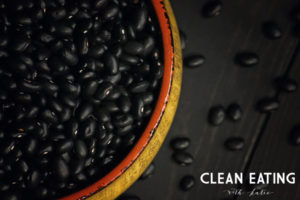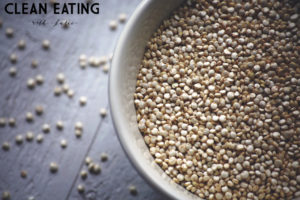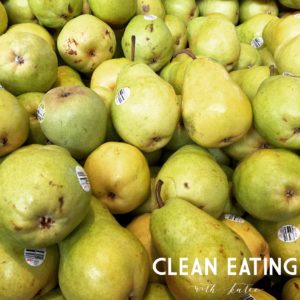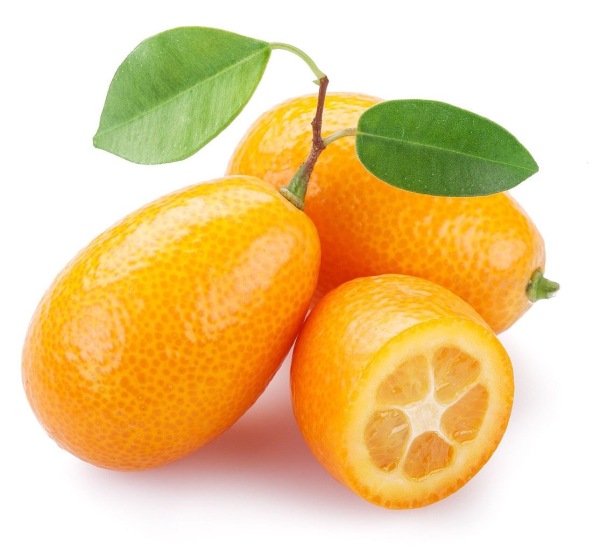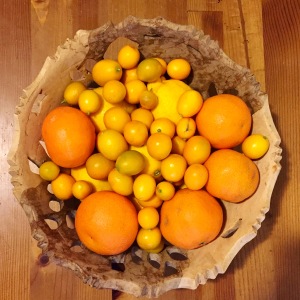The 52 New Foods Challenge Food of the Week: Green Beans
GREEN BEANS!! Since I was a kid, I have always loved green beans. I just found them at my local farmer’s market this past weekend! The grin on my face for green beans was probably pretty goofy, but boy was I happy! I tend to just sauté them in ghee and lemon with some salt and lemon pepper, so I could use a new recipe! Jennifer Tyler Lee suggests stir frying them with almonds (or other seeds or nuts).
Food Facts:
- Short cooking methods do not destroy the important nutrients of green beans
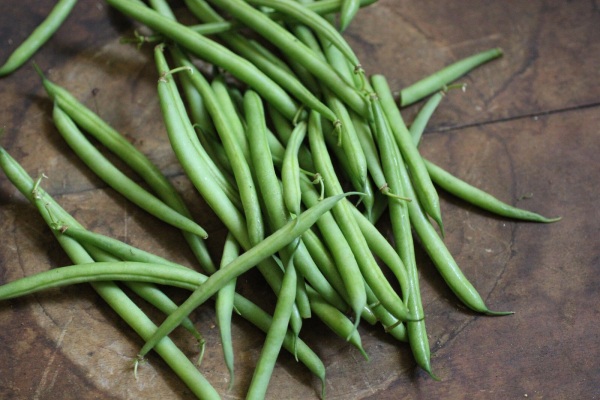
- They are rich in iron and for the body to absorb the iron, vitamin C is needed – so lemon or tomato would be great eaten with the green beans
- Good source of vitamins C, A, K, potassium, manganese, magnesium, niacin, folate, riboflavin, potassium, iron, calcium, and copper
- Good source of fiber
- Rich source of antioxidants including beta-carotene, lutein, and zeaxanthin
- Frozen and cooked green beans still have high antioxidant content
- Boiling does reduce vitamin C content
- Green beans can protect against heart disease and stroke
- In studies, they have also been found to help children with asthma
From The 52 New Foods Challenge: A Family Cooking Adventure for Each Week of the Year, with 150 Recipes by Jennifer Tyler Lee and Superfoods: The Healthiest Foods on the Planet
by Tonia Reinhard
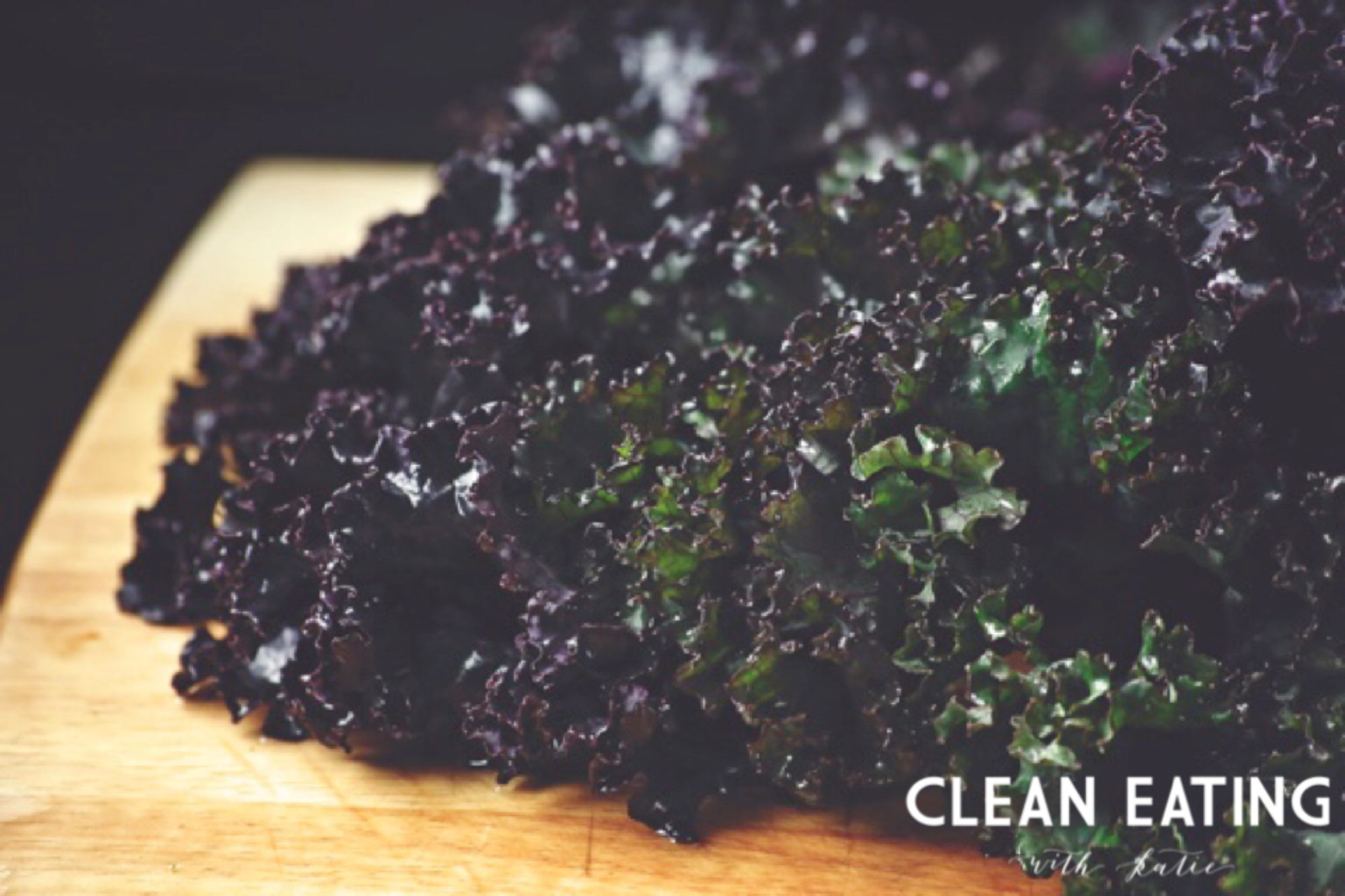
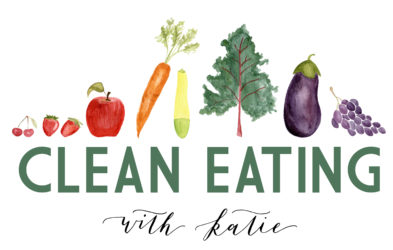
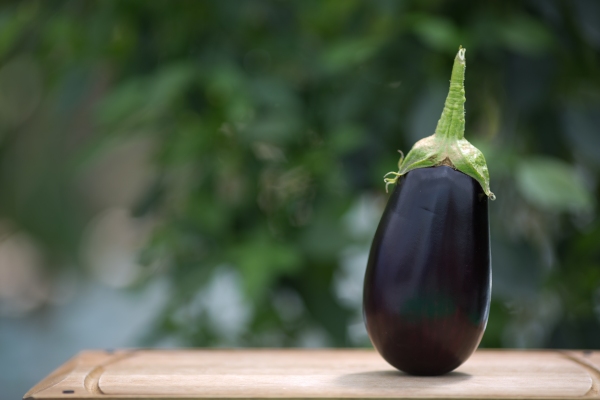
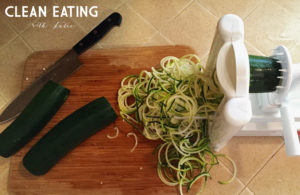 high water content (81%)
high water content (81%)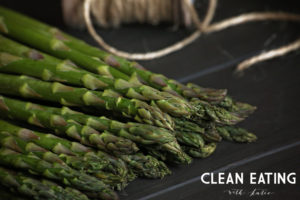 Food Facts:
Food Facts: